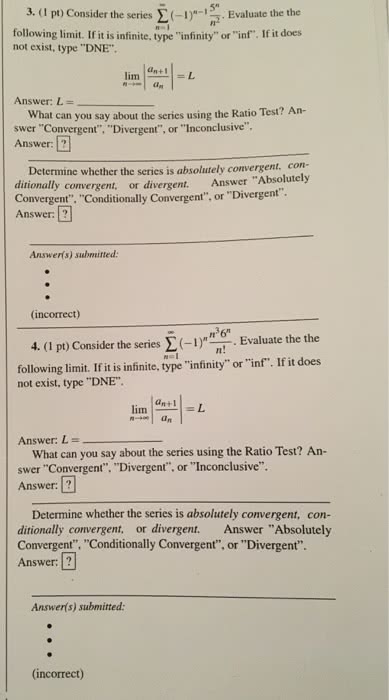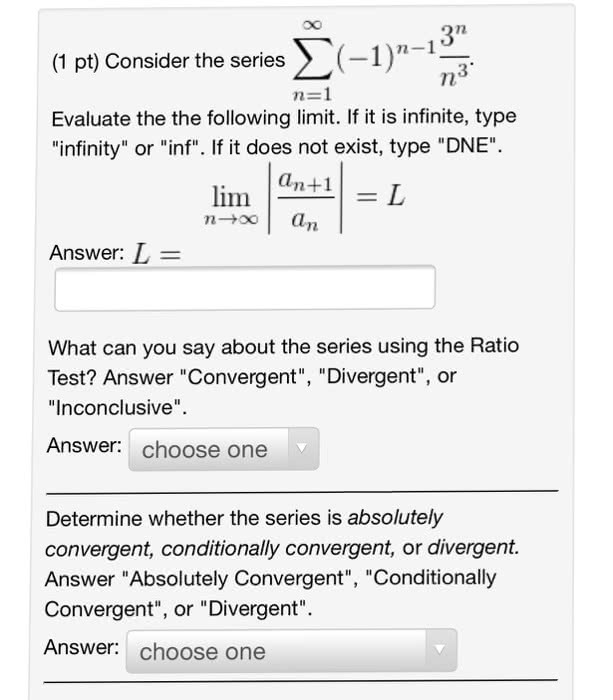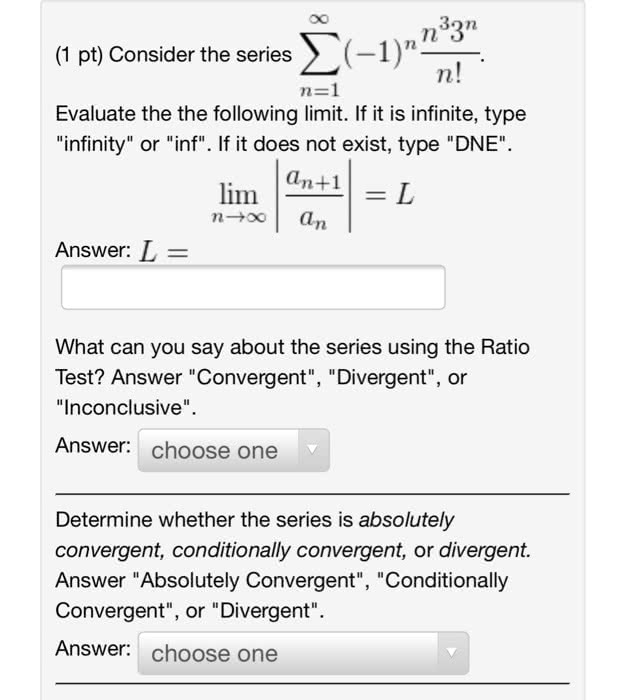MATH 2B Lecture 20: MATH 2B Lecture 20

74
MATH 2B Full Course Notes
Verified Note
74 documents
Document Summary
This is the first test we use to figure out if the summation is convergent or divergent. If the limit is nonzero, it could either not exist or you can assume divergence. If the limit equals zero, the test is inconclusive and it could either diverge or converge. =(cid:883)(cid:886) (cid:883)(cid:886) (cid:882) divergent (cid:883)(cid:886)+ (cid:884)(cid:2870) (cid:2917)(cid:2925)(cid:2915)(cid:2929)(cid:2930)(cid:2925) z(cid:2915)(cid:2928)(cid:2925) (cid:886)(cid:2870)+(cid:884) lim . Look at the last lecture for the answers to these summations ex. (cid:883)(cid:2870) . Area of rectangles < area of the curve. Therefore it is bounded by (cid:884) and convergent. Suppose that (cid:1858)(cid:4666)(cid:4667) is a continuous, positive and decreasing function on the interval [, (cid:4667) and that (cid:1858)(cid:4666)(cid:4667)=(cid:1853) then (cid:883)(cid:4667) if (cid:1858)(cid:4666)(cid:4667) (cid:1856) (cid:884)(cid:4667) if (cid:1858)(cid:4666)(cid:4667) (cid:1856) is convergent,so is (cid:1853) is divergent,so is (cid:1853) . =(cid:2869: notice that when increases it makes the function approach 0, it also stays positive (cid:1858)(cid:4666)(cid:4667)= (cid:883)(cid:2870)+(cid:883) (cid:883)(cid:883)+(cid:2870)(cid:1856) (cid:2869) remember: for the series (cid:2869)




